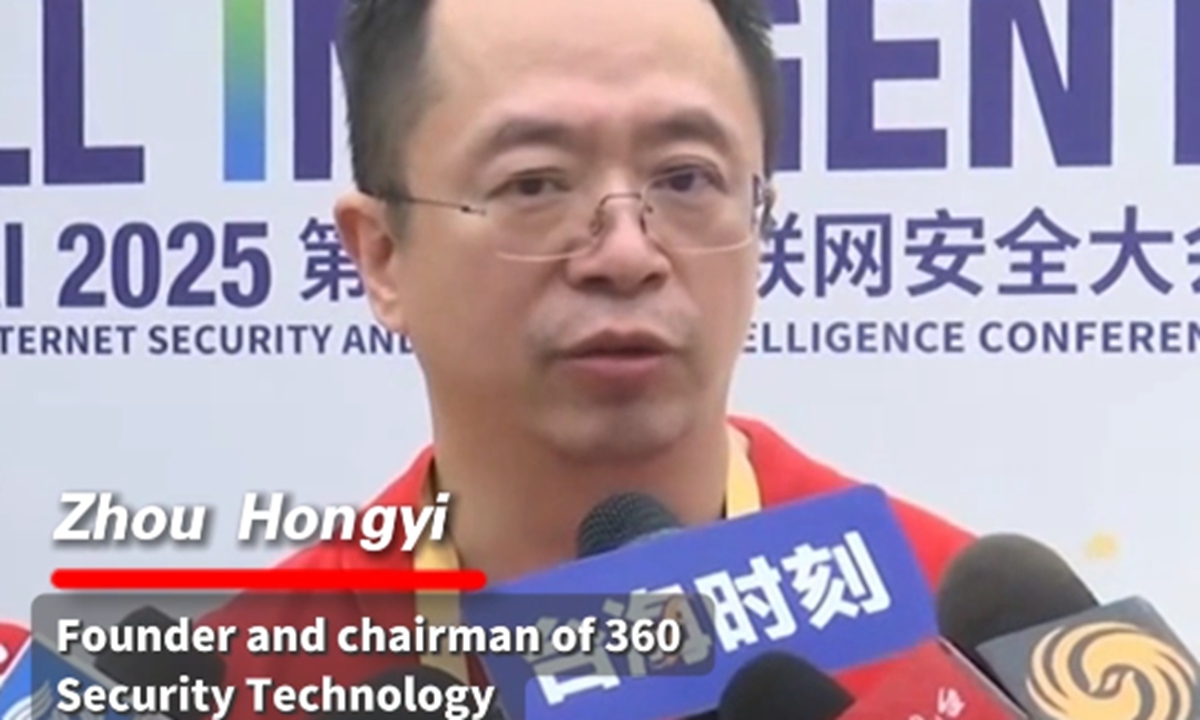Clean Energy Breakthroughs Stalled? $94 Billion Pledge Faces Transparency and Progress Hurdles

Is the Global Clean Energy Revolution Slowing Down? A Look at the $94 Billion Demonstration Challenge
Back in 2021, a monumental pledge of $94 billion was made to accelerate the demonstration of clean energy technologies worldwide. The goal? To pave the way for achieving net-zero emissions by 2050 and combat the escalating climate crisis. Three years on, however, a concerning picture is emerging. While some progress has been made, uneven implementation and a distinct lack of transparency are raising serious questions about the initiative's effectiveness.
The Promise of Clean Energy Demonstrations
Demonstration projects are crucial for bridging the gap between laboratory innovation and widespread adoption. They allow new technologies – like advanced solar panels, green hydrogen production, carbon capture, and next-generation energy storage – to be tested at scale, proving their viability and ironing out practical challenges before billions of dollars are invested in full-scale deployment. A successful demonstration program can dramatically reduce risk for investors and encourage rapid commercialization.
Where's the Progress? A Mixed Bag
The pledged $94 billion was intended to flow through a variety of channels, including public funding, philanthropic grants, and private investment. While some countries and regions have seen tangible results – for instance, advancements in offshore wind power in Europe and significant strides in solar energy in China – others have lagged significantly. The distribution of funds has been uneven, with some developing nations struggling to access the resources they need to participate in the global clean energy transition.
The Transparency Problem: A Major Obstacle
Perhaps the most significant concern is the lack of transparency surrounding the initiative. Detailed information on which projects have received funding, their progress, and their impact is often difficult to obtain. This opacity makes it challenging to assess the overall effectiveness of the program and hold stakeholders accountable. Without clear reporting mechanisms, it's impossible to determine whether the $94 billion is being used efficiently and effectively to achieve its stated goals. This lack of scrutiny also creates opportunities for corruption and mismanagement.
What Needs to Change?
To revitalize the global clean energy demonstration challenge, several key changes are needed:
- Increased Transparency: A publicly accessible database detailing funded projects, their progress, and performance metrics is essential.
- Equitable Distribution: Efforts must be made to ensure that developing nations have equal access to funding and technical support.
- Streamlined Processes: Bureaucratic hurdles and complex application processes should be simplified to encourage greater participation.
- Rigorous Evaluation: Independent evaluations of demonstration projects are needed to assess their impact and identify lessons learned.
- Collaboration & Knowledge Sharing: Fostering collaboration between researchers, policymakers, and industry stakeholders will accelerate innovation and deployment.
The Future of Clean Energy Depends on It
The transition to a net-zero economy is one of the defining challenges of our time. The $94 billion clean energy demonstration pledge represents a significant investment in the future. However, unless we address the issues of uneven progress and poor transparency, this investment risks falling short of its potential. A renewed commitment to accountability, collaboration, and equitable access is crucial to unlocking the full potential of clean energy technologies and achieving a sustainable future for all Australians and the world.






